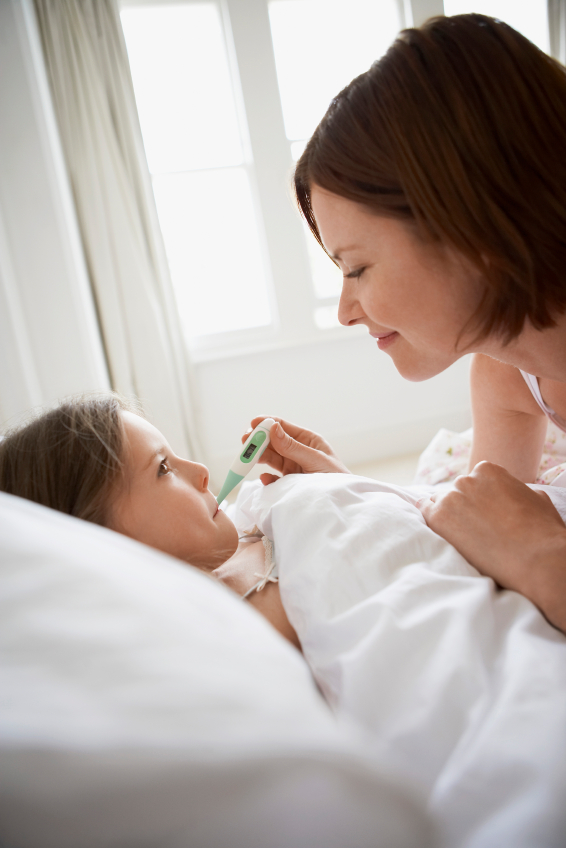Dr. John La Count, a pediatrician at St. Elizabeth Physicians’ Florence office, wishes parents remembered something about fevers: They’re not the enemy.
Rather, a fever is a symptom, and one used by doctors as a jumping-off point to determine what’s going on with your child.
That’s why the American Academy of Pediatrics (AAP) recommends only checking your child’s temperature if he or she feels warmer than usual and is showing other signs of illness.
“That’s the most important thing from my standpoint,” La Count said.
If you do need to check your child’s temperature, since most people now use digital electric thermometers, the first thing you should do is make sure the batteries are providing appropriate power.
Then, make sure you’re using one of these three types of digital thermometers recommended by the AAP:
1. The digital multiuse thermometer
How it works: This thermometer can be used rectally, orally or axillary (under the arm).
When to use it: If your child is 3 years old or younger, use the thermometer rectally. If he or she is 4 years old or older, use it orally. You can use this thermometer axillary at any age, as well, but keep in mind that axillary screenings are the least reliable way to check for a fever.
2. The temporal artery thermometer
How it works: This thermometer is used on the side of the forehead.
When to use it: Previously, the temporal artery thermometer was thought only to be effective for children 3 months and older, but now, new research shows it’s reliable for use on babies younger than 3 months, as well.
3. The tympanic thermometer
How it works: This thermometer is used in the ear.
When to use it: Use the tympanic thermometer for children 6 months and older. It’s not proven to be reliable for babies younger than 6 months. Also, remember that too much earwax in the ear can cause incorrect readings.
The AAP advises that anything above a healthy child’s normal body temperature range of 97 to 100.4 degrees Fahrenheit is a fever, but whether a child with a fever needs to be seen is negotiable.
If your baby is under 2 months old and has a fever above 100.4, he or she needs to be seen, La Count said.
“Anything above 100.4 is an automatic full workup,” he said. “Babies that age haven’t been immunized yet, and they could’ve contracted an infection during delivery.”
For babies older than 2 months old, you can wait 24 to 48 hours to see if the fever is going to go away before bringing them in to be seen. Children older than 2 years old who have received their immunizations probably have a virus and aren’t going to require anything more than Tylenol or Ibuprofen, La Count said. In fact, the vast majority of fevers turn out to be in response to viral infections.
But if your child has had a persistent fever for more than five days, or a fever that’s come and gone and is affecting his or her behavior or demeanor, bring him or her in. Those fever scenarios are concerning.
“It’s variable,” La Count said. “That’s why we use a fever as a symptom.”

